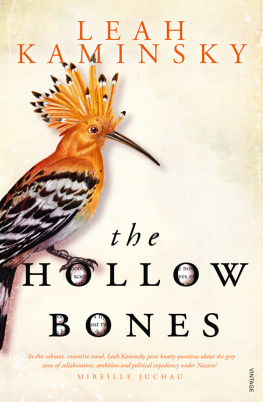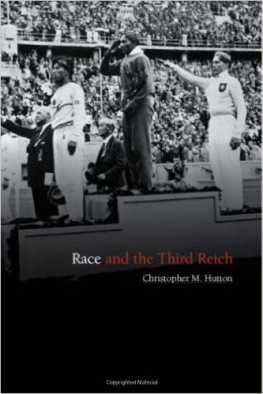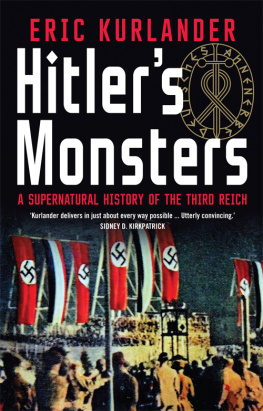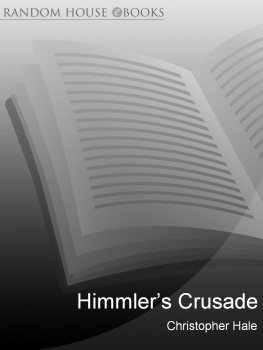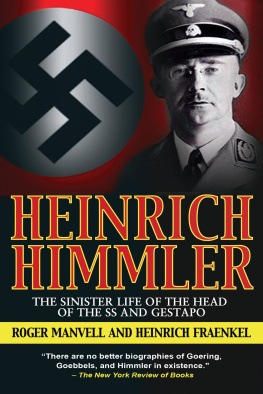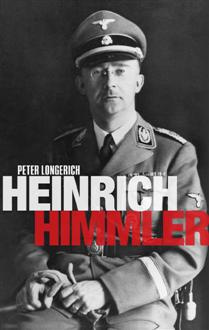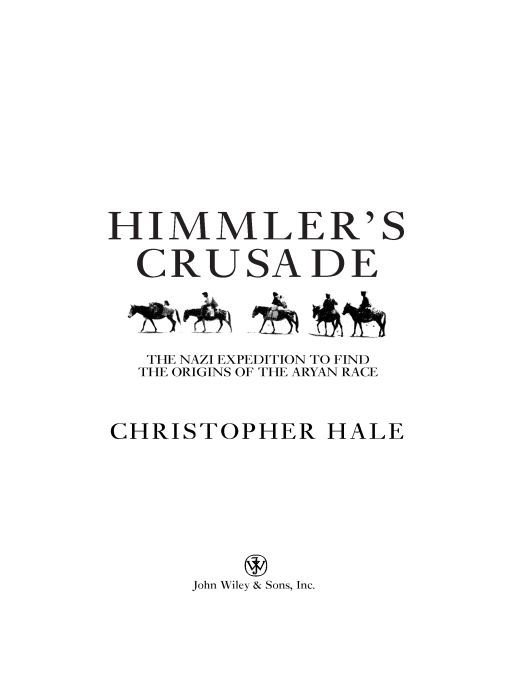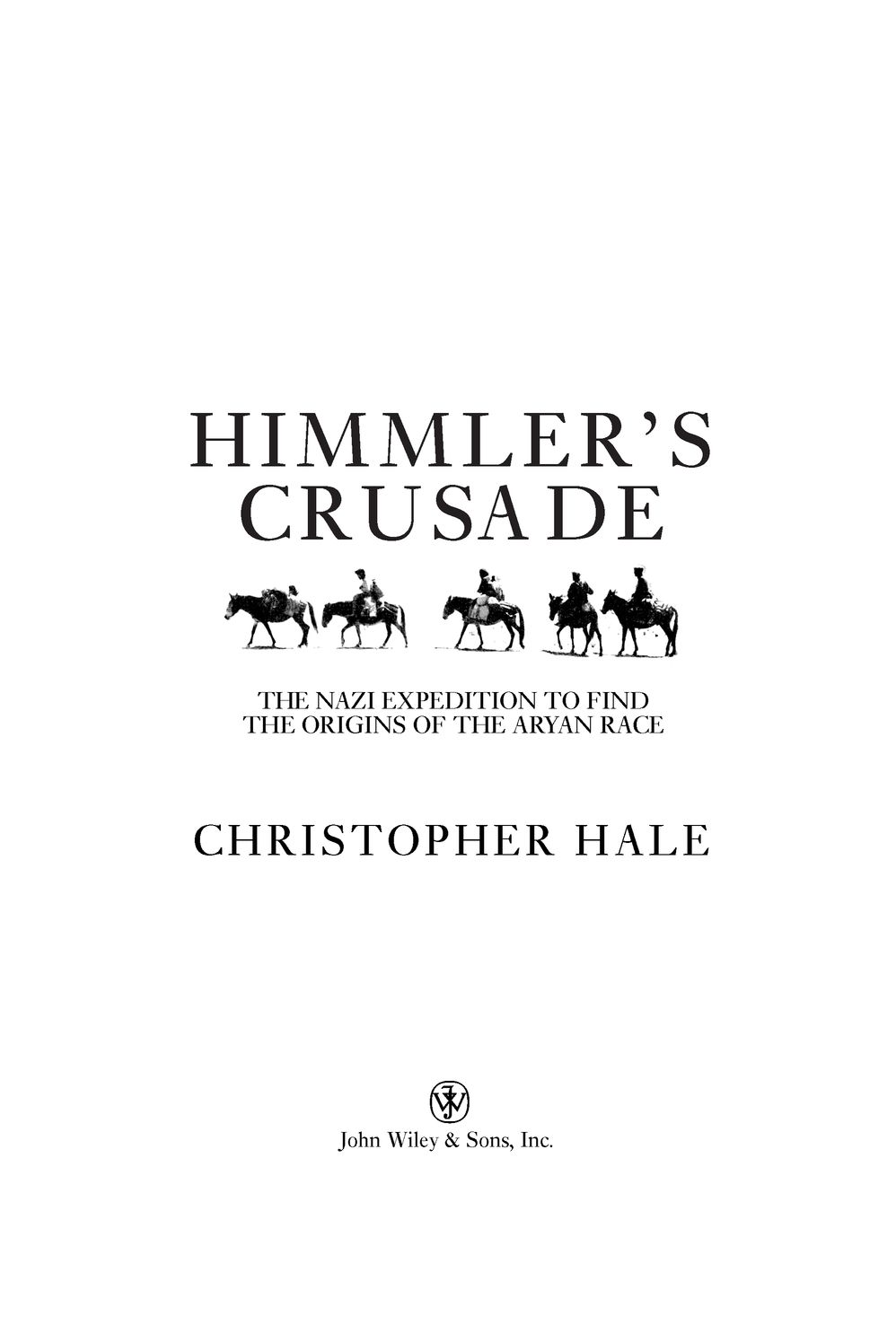Table of Contents
To Alice and Felix
ACKNOWLEDGEMENTS
Any book, and especially a first one, carries a tremendous cargo of debt. Here is a brief summary. I begin, unconventionally, by thanking my wife Deborah West Denno who convinced me that I could write the book you hold in your hands and provided consistent and stimulating encouragement throughout. Professor Steve Jones generously introduced me to his and now my literary agent Peter Robinson who provided expert guidance and support. Adam Sisman also provided valuable advice. Doug Young in London and Hana Lane in New York have been authoritative editors and enthusiastic publishers.
I also owe a great deal to my former colleagues at the BBC, John Lynch and Bettina Lerner, despite many differences over the years. They commissioned a film about the myth of Atlantis for the BBCs flagship Horizon programme and, in the course of researching this now notorious film with my terrific colleagues Jacquelines Smith and Laughton and Julian Hudson, I first learnt about the SS expedition to Tibet. At SOAS in London, Alex McKay was always generous with ideas and leads, and set me right on many points.
In particular, he introduced me to Roger Croston. Roger is an exceptionally erudite enthusiast about all things Tibetan and had been corresponding with Bruno Beger, the last surviving European member of the Schfer Expedition. While I was researching the films for Horizon, I was unable to obtain an interview with Beger, but Roger was able to secure a number of meetings on my behalf in the autumn of 2001. Since then he has continued to relay questions to Dr Beger. I would like to thank both Dr Beger and his family for allowing me to discuss some very difficult issues and for answering many of my questions. Roger also introduced me to Dr Isrun Engelhardt, the foremost authority on Ernst Schfer. Although Dr Engelhardt has a somewhat different view of the Schfer Expedition, she was munificent with her advice and her encyclopaedic knowledge about both the expedition and the history and culture of Tibet, and provided guidance and encouragement at every stage. In particular, Dr Engelhardt provided me with extracts from her heroic decipherment of Schfers barely readable expedition diaries. I look forward to reading her own account of the Schfer expedition in due course.
In Germany, Dr Helmut Starrach and Dr Heinz-Georg Kls talked to me about Schfer as a friend and colleague, but chose not to discuss his experiences during the war. In the United States, Andrew Zimmerman provided authoritative guidance on the history of German anthropology and answered my frequent queries. Peter Longerich discussed his current work on Heinrich Himmler. In New York, Hope Cook provided wisdom and all kinds of contacts. Jacqueline Hiltz shared her knowledge of Sikkim and its history, and pointed me towards the National Archives in Gangtok. In Sikkim itself I have to thank Anna Balikci, German Akeh Bhutia, Taj Thapa, T. W. Barphungpa, Jigme Dorje Denjongpa, Keshab and Sailesh Pradhan, Kelsang Gyatso and the many others who guided me as I tried to follow Schfers route beyond Gangtok. Jai Shree Pradham assisted me in the Sikkim National Archives. In Tibet I am indebted above all to Gyurme Dorje.
In London, a number of people assisted me with different puzzles including Thierry Dodin at the Tibet Information Network. Anyone researching in this field will come to rely on the following authors. Karl Meyer and Shareen Brysac provided advice and assistance, and their book Tournament of Shadows is an enthralling account of the Great Game and has a chapter on Schfer. Peter Hopkirks books on the same subject were indispensable, as were Nicholas Goodrick-Clarks on Nazi occultism. Melvyn Goldstein answered some of my most obscure questions, and no account of Tibet in the twentieth century can afford to ignore his A History of Modern Tibet. Other important sources were Ian Kershaws two-volume biography of Hitler and two magisterial books by Debrah Dwork and Robert Jan Van Pelt on the Holocaust.
The bibliography on Nazism, the Second World War and the Holocaust is, of course, vast in most European languages. To tell the story that follows, I needed to work through a Himalaya of German documents, and I would like to thank especially Diana Jasmin Bhmer who waded through Schfers rather turgid narratives and answered endless questions about the precise interpretation of numerous documents with an unquenchable supply of good humour, intelligence and commitment. Sabine Pusch, Ingrid Bchner, Michael Kolodziej and, in particular, Ruth Mulandi provided invaluable help and advice with other materials. Lawrence Fleischer was an enthusiastic source of even the most obscure of references and sources. In Germany, Wolf Gebhardt guided me through the labyrinth of the Bundesarchiv in Berlin, whose staff were invariably courteous and knowledgeable. In Munich, the extraordinary Institut fr Zeitgeschichte and its dedicated and gracious staff allowed me to read parts of Begers trial record. In Koblenz, Birgit Pistora made the task of examining the thousands of prints and negatives taken by expedition members a pleasure. In Washington, the staff of the National Archives guided me through their remarkable collections of captured German documents. In the same city, academic staff at the Holocaust Museum provided me with important and disturbing information about the transports from Berlin to Auschwitz in the spring of 1943. Madelaine Matz in the Library of Congress showed me the rushes of Schfers film Geheimnis Tibet which had been taken to Washington at the end of the Second World War. I must acknowledge a special debt to the staff at the Oriental and India Office in the British Library, and the London Library was as ever inspirational. The Public Record Office in Kew also provided superbly transparent access to its collections. The New York Public Library is, too, a magnificent and free resource. John Lundquist in the Oriental Division was exceptionally helpful. In London, the Library of the School of Oriental and African Studies has one of the worlds great collections, of which I made frequent use.
Again, I am grateful to all those I have cited above, but I take full responsibility for my interpretation of the records and materials they have so generously shared, and any errors are mine and mine alone.
Finally, my children Felix and Alice saw very little of me during the time I was writing the book, and I dedicate it to both of them.
Christopher Hale
London
March 2003
PHOTOGRAPH ACKNOWLEDGEMENTS
[BK = Bundesarchiv Koblenz; BL = British Library]
First picture section (follows page 110)
Schfer with camera: (BK) 135/KB/14/082
Beger as student: courtesy Bruno Beger; Himmler in 1933: AKG; Himmler at Wewelsburg and view of Wewelsburg: from Heinrich Himmlers Camelot by Stephen Cook & Stuart Russell, 1999
Schfer with panda: from E. Schfer, Berge, Buddhas und Bren, 1933; with bears: from E. Schfer, Dach der Erde, 1938; Wang and Brooke Dolan: from E. Schfer, Unbekannte Tibet, 1937; King of Muli: from E. Schfer, Berge, Buddhas und Bren, 1933; Panchen Lama: (BK)
Beger, March 1938: courtesy Bruno Beger; Krause: (BK) 616 15-57 B; Geer: (BK) 135/KB/14/100; Wienert: (BK) 135/KB/15/058; Weinert and Beger: (BK); arrival in Calcutta: (BK) 135/KA/01//035


